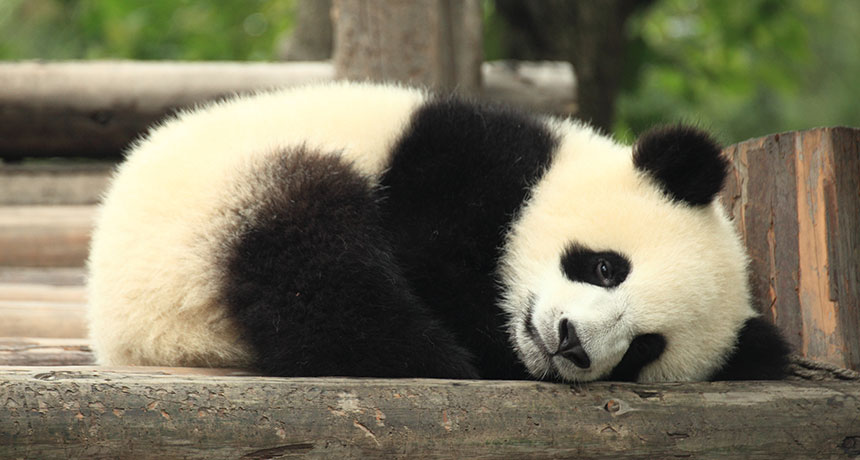Giant pandas live in the slow lane
Bears’ energy use is small fraction of other mammals’

SLOW BURN Munching on bamboo all day doesn’t fuel a lot of activity. One way giant pandas conserve energy is by moving in slo-mo.
George Lu/Flickr (CC BY 2.0)







